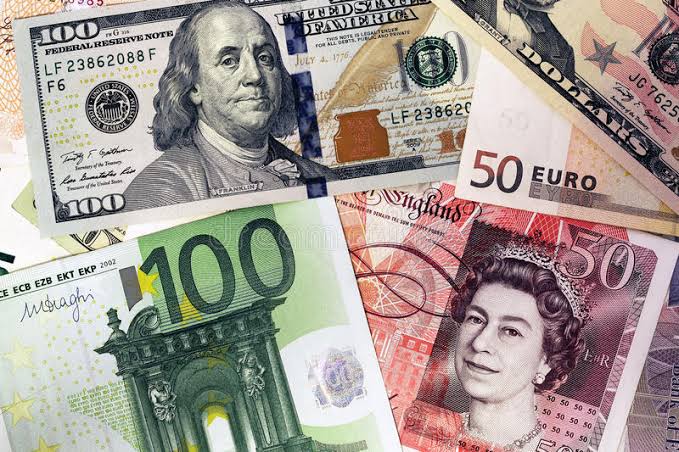Oct 14, 2022
VOT Research Desk
The Dollar Index, which measures the value of the dollar against a basket of six other currencies, increased by 0.1% to 112.350 at 03:10 ET (07:03 GMT), stabilizing after falling by 0.5% in the previous session.
After the release of yet another hot U.S. inflation number in early European trading on Friday, the U.S. dollar stabilized, while sterling retreated from sharp overnight gains amid speculation that the U.K. government is going to pull its plans for massive unfunded tax cuts.
With sharp gains in global equity markets boosting risk sentiment, investors appear to have dismissed data showing that consumer prices in the United States increased more than anticipated in September.
As concerns about global central bank policies, rising inflation, and fears of a recession have affected risk appetite, the U.S. dollar has been on the rise.
Citigroup says that until the global economy slows down and growth starts to accelerate again, the dollar is likely to keep rising.
According to the bank’s analysts, “What we think is needed for a dollar top is a bottom in global growth.”To alter the course of the dollar, there must be a shift in the narrative.”
In another area, GBP/USD dropped 0.2 percent to 1.1303 after gaining a lot overnight on reports that the United Kingdom government might change its plans for big unfunded tax plans.
Due to reports that Prime Minister Liz Truss is considering reversing more of her government’s controversial “mini-budget,” Finance Minister Kwasi Kwarteng cut short his trip to Washington late Thursday.
The Bank of England intervened to restore calm by announcing an emergency bond-buying program that will end later on Friday. The plans to fund a massive tax with borrowing severely affected the U.K. bond market and sterling.
After Germany’s wholesale price index increased in September by 19.9% year-over-year and 1.6% month-over-month, primarily due to higher costs for raw materials and intermediate products, EUR/USD remained unchanged at 0.9773.
This comes in the wake of data that were released on Thursday and showed that consumer inflation data in the nation were 10.9% higher year-over-year when compared to other European countries, putting more pressure on the European Central Bank to keep raising interest rates.
The USD/JPY traded at 147.47, up 0.2 percent from the previous session’s 32-year high of 147.66. This indicates that investors are still on the lookout for intervention, as the Japanese government is expected to support the weak currency.
AUD/USD increased by 0.5 percent to 0.6331, while NZD/USD increased by 0.7 percent to 0.5669. Both currencies benefited from the elevated risk perception.
After data showed that Chinese CPI inflation rose to its highest level since April 2020, the USD/CNY traded at 7.1773. However, PPI inflation contracted in September, indicating that China’s COVID-stricken manufacturing sector has continued to be weak this year.
Exponential daily Moving Averages
|
Name |
MA5 |
MA10 |
MA20 |
MA50 |
MA100 |
MA200 |
|
EUR/USD |
0.9727 |
0.9786 |
0.9788 |
0.9947 |
1.0161 |
1.0577 |
|
GBP/USD |
1.1148 |
1.1210 |
1.1143 |
1.1515 |
1.1847 |
1.2477 |
|
USD/JPY |
146.65 |
145.70 |
144.82 |
141.08 |
137.97 |
129.48 |









